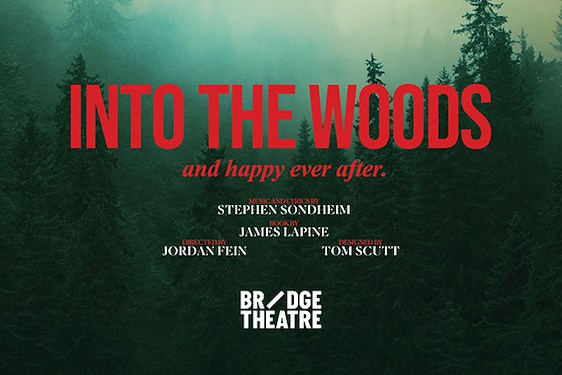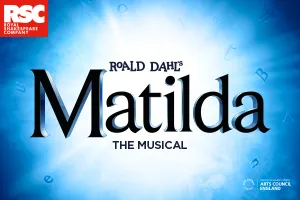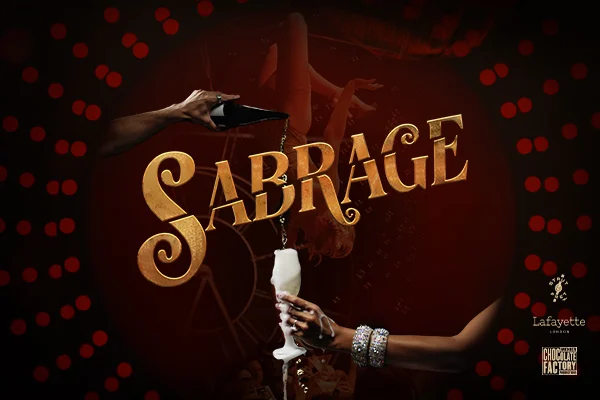Fresh from its London debut at Riverside Studios, we spoke to writer/creator Samantha Ipema about the background to her award-winning play, Dear Annie, I Hate You.
I want audiences to take away a courage to change their lives
Sam, you were diagnosed with a brain aneurysm at the age of 20. Can you explain that and the consequences?
Yes, of course. A brain aneurysm is essentially a small bubble of blood that stems from a vessel or artery inside your head. They’re often called ‘silent killers’ because most people won’t find out about them until they rupture, as there are no obvious symptoms. I was very lucky and found mine by accident when I was playing football with a couple of college friends and decided to go in after being hit in the head.
It had a major effect on my life at the time because once it was discovered, I was given a choice to make: live with the brain aneurysm (essentially a fatal ticking bomb, with no one knowing when or whether it would go off), or have brain surgery. My first question back to the surgeon at the time — being a directionless, fun-loving university student — was: "Can I still go on Spring Break?" As the play details, I ultimately opted for surgery because I was young and agile and assumed I would recover quickly, with the problem ‘fixed’. Unfortunately, my path to recovery was quite brutal, as I relate in the show — relearning how to walk, talk, and recover with almost no pain medication at all. Since then, however, I’ve made pretty much a full recovery.
How has the experience affected you?
It’s shifted my perspective on everything regarding the world and my role within it. After my surgery, I was told they’d found another aneurysm while operating, but it was inside the artery, rendering it inoperable. This is extraordinarily rare and, decidedly, quite bad luck, particularly post-surgery. For quite some time, this news pretty much consumed me — I felt I’d been given a life sentence before ever having the chance to begin. However, after years of ups and downs, I’ve reached acceptance and even an appreciation for it. It’s given me my entire life — changed it completely — and offered an immense shift in the way I see the world. So, it’s affected me entirely, but more for good, which I find surprising, even to myself. Ultimately, it’s brought me here, making visceral stories about it, and I can’t think of a better place to be.
What was your motivation for compiling the show?
This is an excellent question and one that I still ponder. I’m keen for this iteration, in particular, to ask it on stage. As the person who lived through it, originally it was simply because I needed to have it witnessed — a documentation showing, recognising, and puzzling out what I’d been through. But once I’d done a draft of that, I very quickly realised that the piece had something important to offer the world: a discussion about identity crises and running towards them, rather than away from them.
The most important thing I can say here, though, is that while the show uses my diagnosis and may widely speak to other life-altering conditions and the prejudices and difficulties of those experiences, those are vessels and side-effects to attack the crux of the piece — which is a question about why we are constantly trying to perform just to survive. Then we have to ask: what happens when that performance mask ultimately slips, and you can no longer maintain it?
I’ve never been interested in the show being an ‘autobiography’ or ‘trauma play’, though it often gets pushed towards and categorised as such. But I have a visceral distaste for that kind of work, personally, as an artist, because I’m not sure that it has any universal ignition or gain for the general public until you’ve found what the universal experience is hiding beneath it for every member in attendance.
I’ve also always resented the idea that my life post-aneurysm would have to revolve around being a ‘survivor’ or about my brain aneurysm. The same applies to the play. What I find least interesting is the actual diagnosis and trauma of the event. What I find eternally interesting is what those things prompted me to discover in life. Interestingly, almost every person with conditions like mine who has seen the play has told me the same: it’s not about the diagnosis, physical ailments, or repercussions in recovery that’s the hardest — it’s the shift in the way the world sees you, the way you see yourself, and your inability to play by the rules of that game anymore. And just on the other side of that realisation is where freedom lies. Now, that is something worth talking about.
And you do so through a multimedia format. Can you explain why you adopted that approach?
The multimedia format came from my desire to set the piece inside the brain. It felt right, since we’re not only talking about operating on it and the literal repercussions of that, but also because it seemed like the best way to discuss what I was after in terms of communicating a visceral identity crisis — both internally and externally.
It’s my favourite part of the play: the way that we feel inside of it, watching life unfold inside and outside of it, and how all of it — the lights, sounds, videos, actors — all respond to one another as part of the same living organism.
The multimedia aspect, in particular, is representative of the way the brain sees and perceives memories. It never felt right to have the other characters played by actual actors, but it also never felt right for them to simply be unseen voices in the abyss. I just feel that our brains are basically these little screens that pop up visceral moments and memories here and there as we’re narrating our lives. So, that’s how I always heard and saw it when writing — the lines and dialogue sort of topple over one another and are sometimes ear-piercingly clean and, other times, garbled underwater.
What would you like audiences to take away from the show?
I want audiences to take away the courage to change their lives — whether prompted by a life-altering diagnosis or not. Like I’ve said (probably too many times at this point!), the piece traverses an identity crisis. So, I hope those who have been through one, via their own life-altering experience, feel seen and witnessed in a way that allows them to process the events of their lives and hopefully move on in the same way the protagonist finds the courage to.
But for those who haven’t yet had that experience or identity shift, I hope it either asks them a question about whether they’re doing the same thing in life that Sam is, and that this piece can be the inciting incident for them to ask what they’d like to change about themselves and their lives, or I hope it provides them with empathy for what their peers and others around them are going through. Because we all go through one; it’s really just a matter of when, isn’t it? I just hope most people don’t have to get brain surgery in order to find a reason to do it!


















